Rajasthan in western India is home to four World Heritage Sites. It’s also one of India’s most visited and beautiful regions. There’s a great deal of variety in the UNESCO sites of Rajasthan, from dense cities to gorgeous Mughal palaces. So read on, for our guide to the World Heritage Sites in Rajasthan!
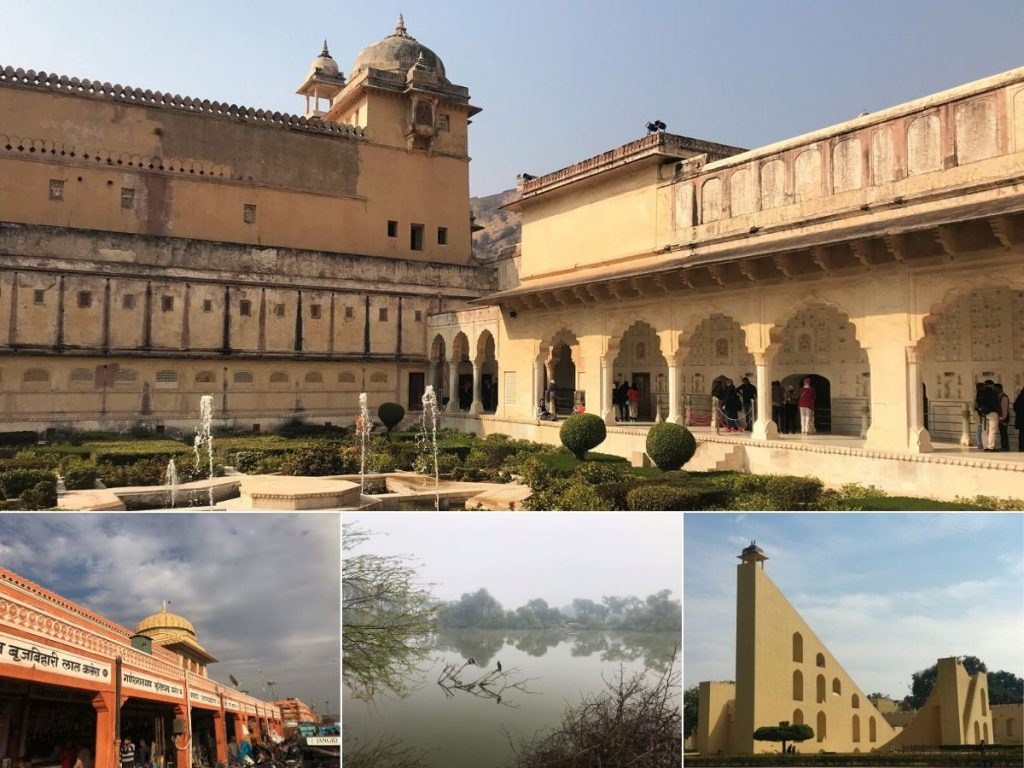
Hill Forts of Rajasthan – World Heritage Site
Our first World Heritage site in Rajasthan covers a series of six Hill Forts, spread across much of the state. For our visit, we opted for the Amer Fort, just outside the city of Jaipur. Located on a hilltop, this enormous complex is a combination of fortress and palace. There’s been a fort on the site since the 10th century, though most of the current complex was built during the 16th and 17th centuries by the local Rajput rulers.
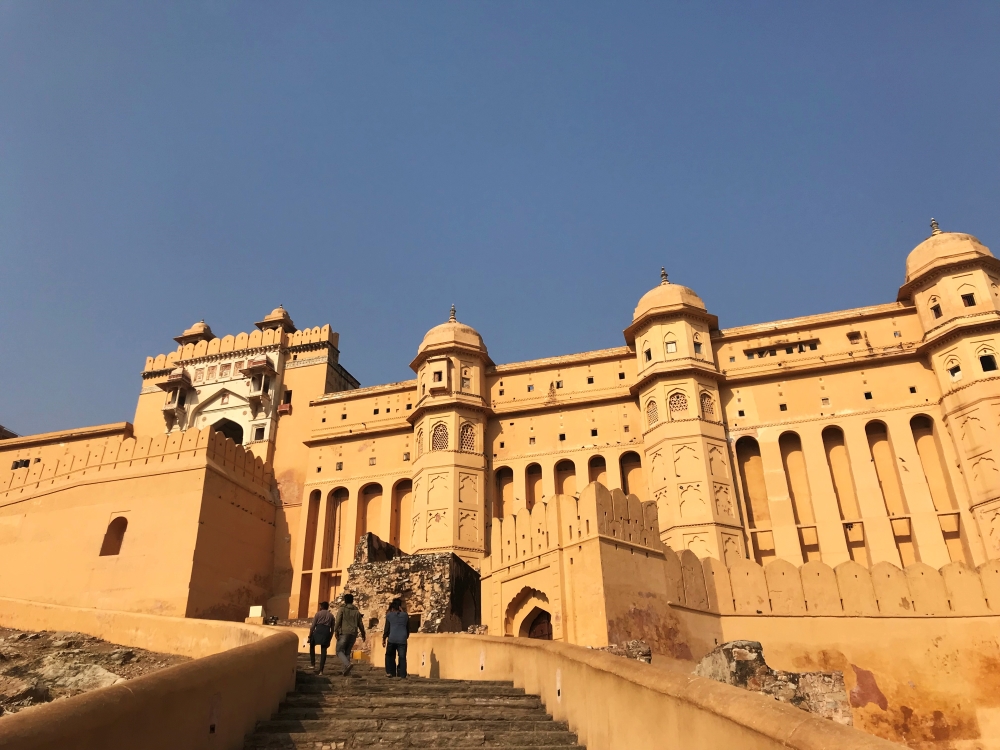
The fort itself is massive. It has a large series of audience halls, palace chambers, ceremonial gateways and courtyards, temples and pavilions. And the decoration is simply sublime. There’s flowery Arabic and Persian-inspired motifs running across many of the structures, but with classically Indian styles as well. The whole effect is stunning, and it takes most of a day to see and appreciate the whole structure.
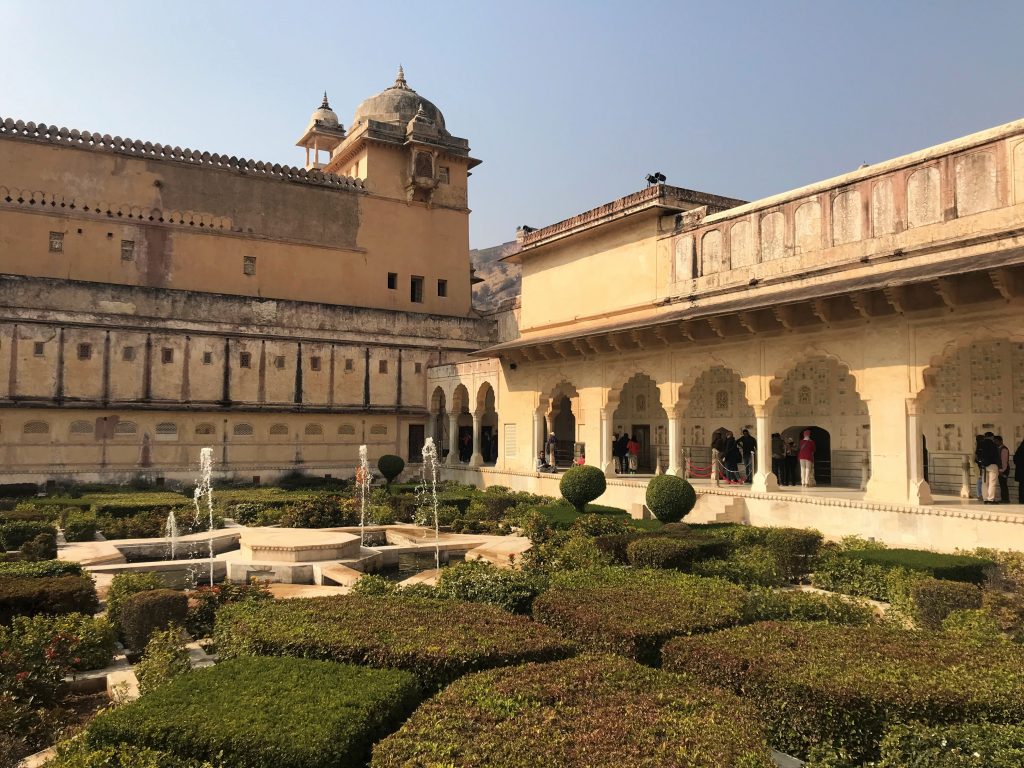
We had a fantastic day exploring the complex. It’s honestly a magical spot, and still in great condition considering its age and the number of visitors. It’s definitely a jewel of India’s tourist trail.
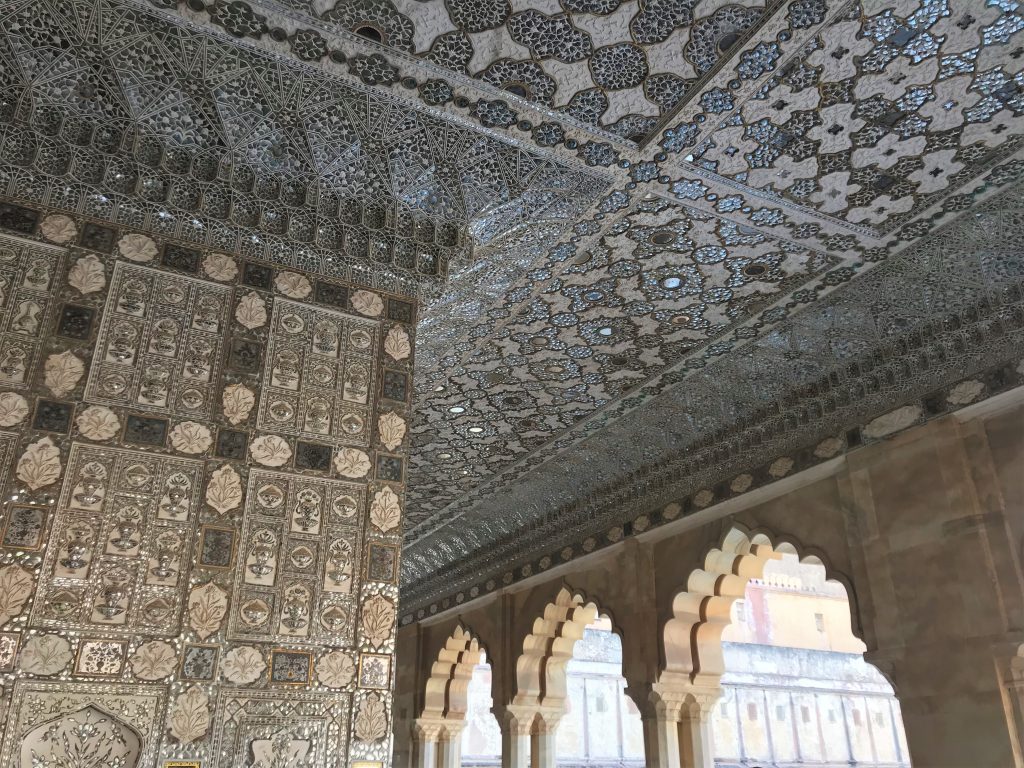
The Jantar Mantar, Jaipur – World Heritage Site
Next up is the Jantar Mantar, an unusual World Heritage site in Rajasthan. It’s a classical observatory, containing 19 astronomical instruments built by King Jai Singh II in the 18th century. For greater accuracy, the instruments were built of stone and marble on a large scale. It includes the world’s tallest stone sundial, accurate to within about two seconds!
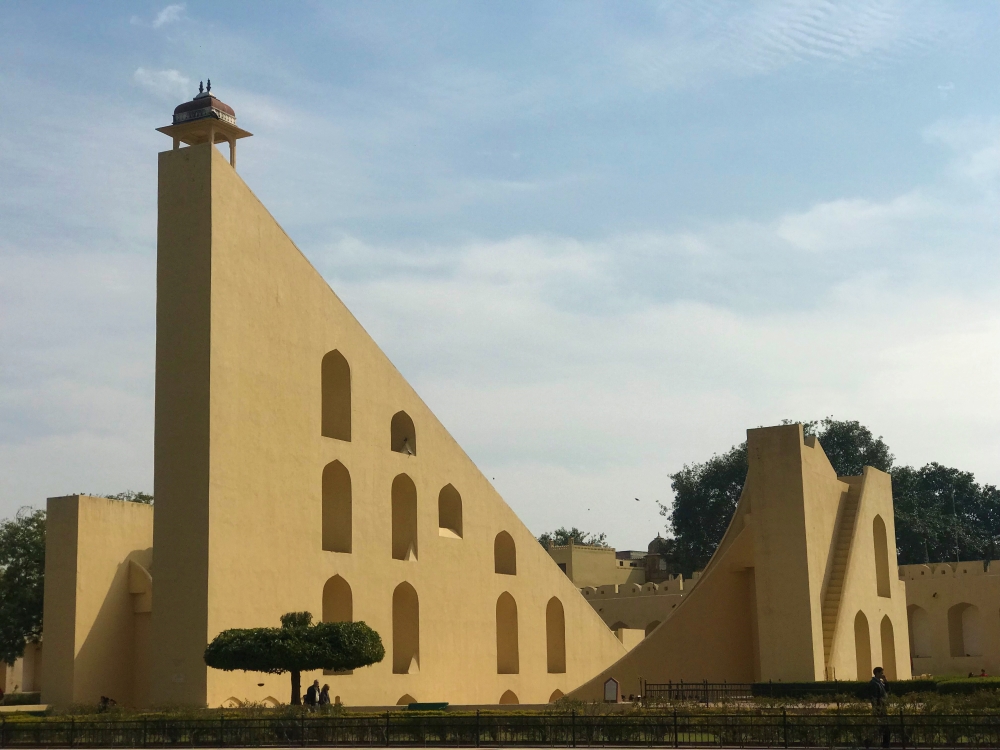
Other instruments are used to calculate the position and movement of stars, predict eclipses, signs of the zodiac, and changing of the seasons. There’s even a world clock! It’s a really interesting spot, and fascinating to spend a few hours wandering around and thinking about the instruments.
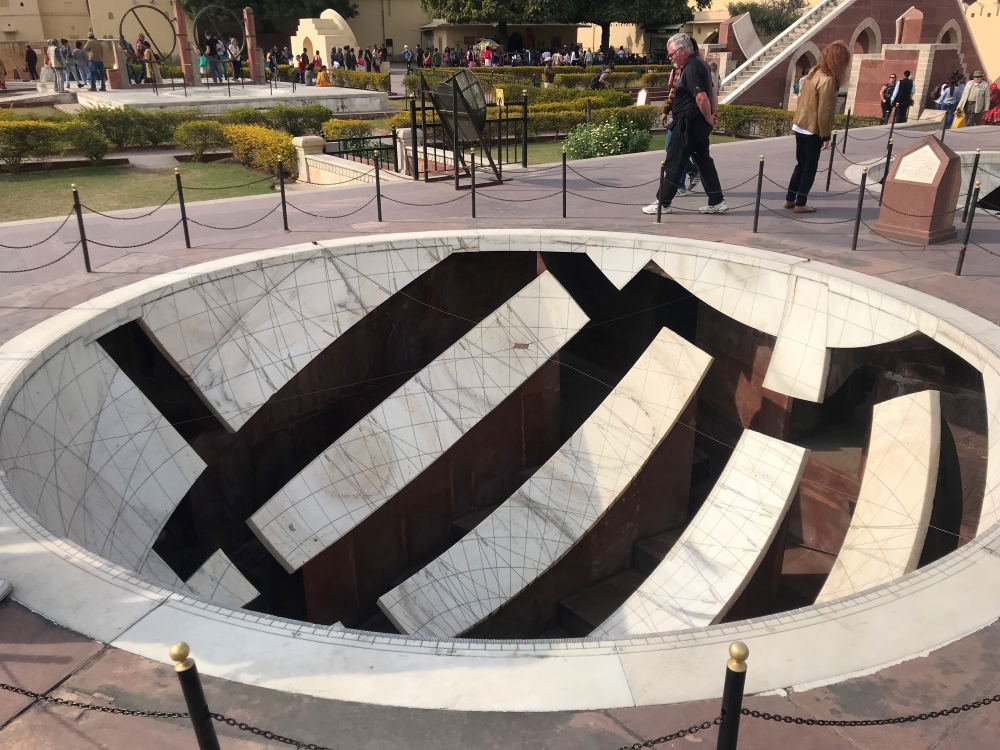
Keoladeo National Park – World Heritage Site
Keoladeo National Park is one of the most important bird sanctuaries in all of India, possibly even the world. Every year, thousands of migrating birds (mostly water birds) flock here during the winter. It’s an incredible spectacle that attracts hundreds of different species. We spent an atmospheric foggy morning cycling around the wetlands, where we saw all sorts of different birds: storks, pelicans, ducks, egrets, kingfishers, cranes, cormorants, and many others.
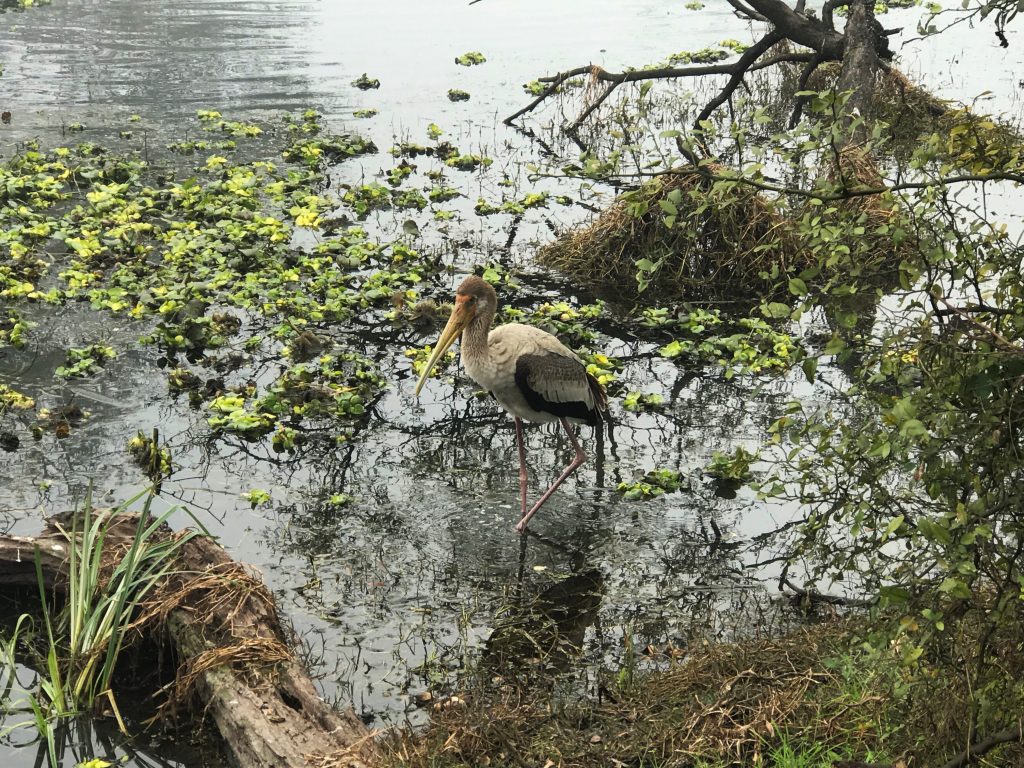
One thing we actually found quite interesting about the area is that the wetlands are man-made! They were originally created in the early 18th century with a system of canals and dams altering the flow of nearby rivers. This turned what was part of the local flat desert land into a wetland and haven for birds.
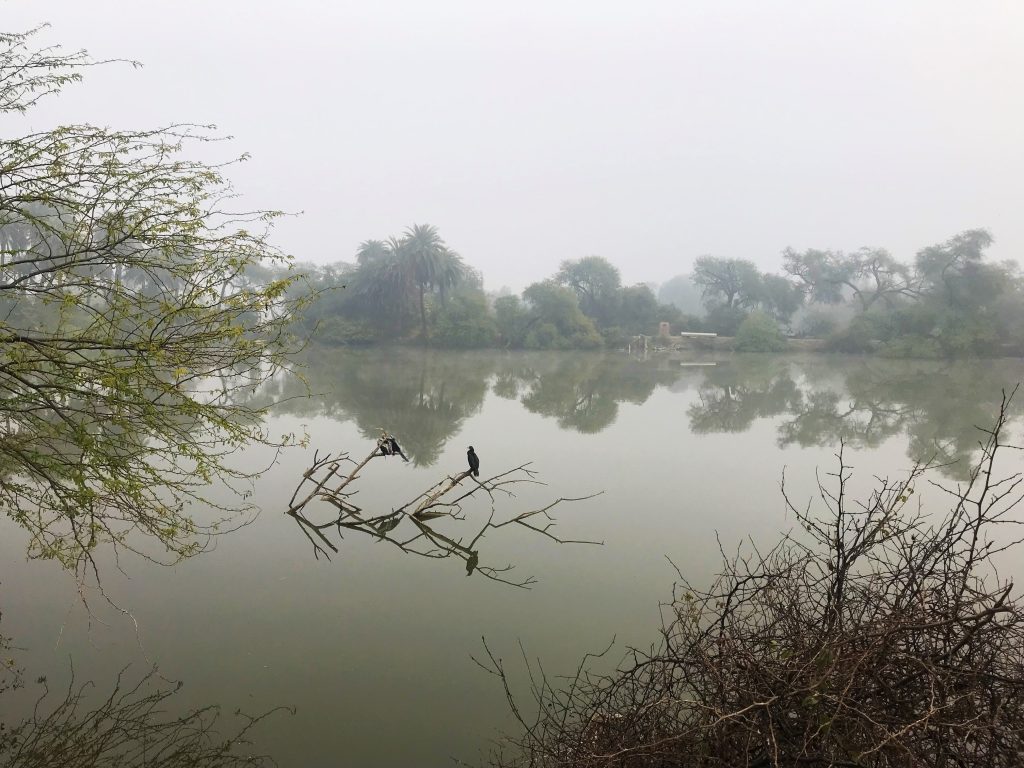
Jaipur City, Rajasthan – World Heritage Site
The City of Jaipur is India’s latest World Heritage Site, being added to the World Heritage list in 2019. It was added chiefly for the impressive “Pink City” district. This is Jaipur’s historic core, where the buildings are all painted in a beautiful pale shade of pink.
The tradition dates back to 1876, and a visit from the Prince of Wales. As pink is the traditional colour of hospitality in Rajasthan, the city was repainted to welcome the Prince. After the Prince’s visit had concluded, the tradition stuck. And these days, most of the historic buildings in central Jaipur are still painted pink.
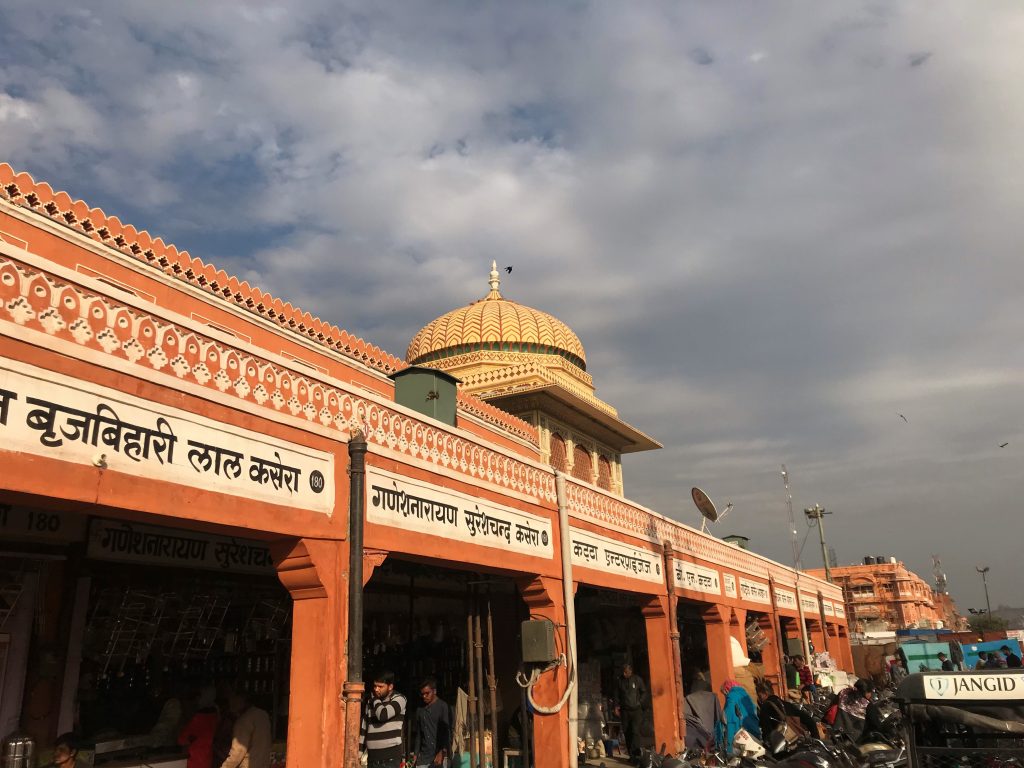
The most impressive building here is easily the Hawa Mahal, or the Palace of the Winds. Looming tall over a busy city street, the Hawa Mahal has a gorgeous and intricate facade. The hundreds of windows installed in the beautiful sandstone front have dual purposes. Air can circulate through the palace, keeping everyone cool, but palace ladies can also observe the city streets below without being seen.
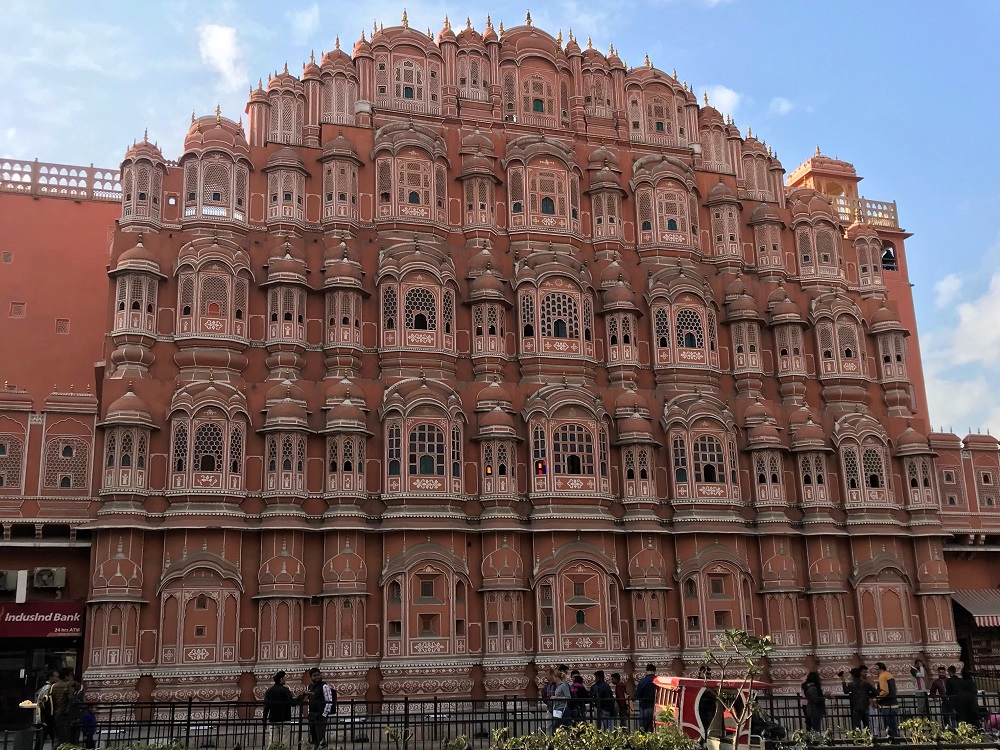
The City Palace is also quite interesting and well worth a visit. It’s also fascinating that Jaipur, founded in 1727, is quite young by Indian standards. The city centre is laid out in a European-style grid system, which is quite a contrast to most Indian cities. It’s fascinating to walk around and notice the difference between Jaipur and other large Indian cities.
Conclusion
If you’d like to learn more about India’s World Heritage sites, consider checking out our guides to the World Heritage Sites in Delhi, the World Heritage Sites in Gujarat, or the World Heritage Sites in Uttar Pradesh!

This really helped me . Wonderful!